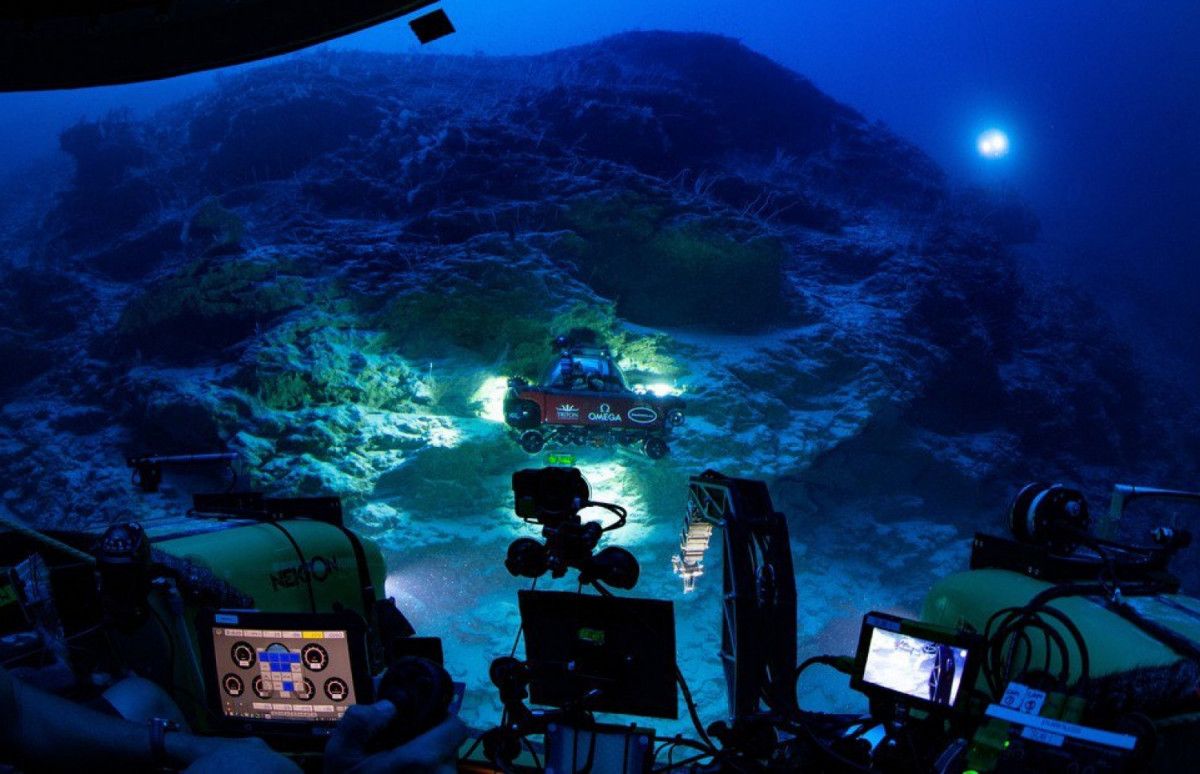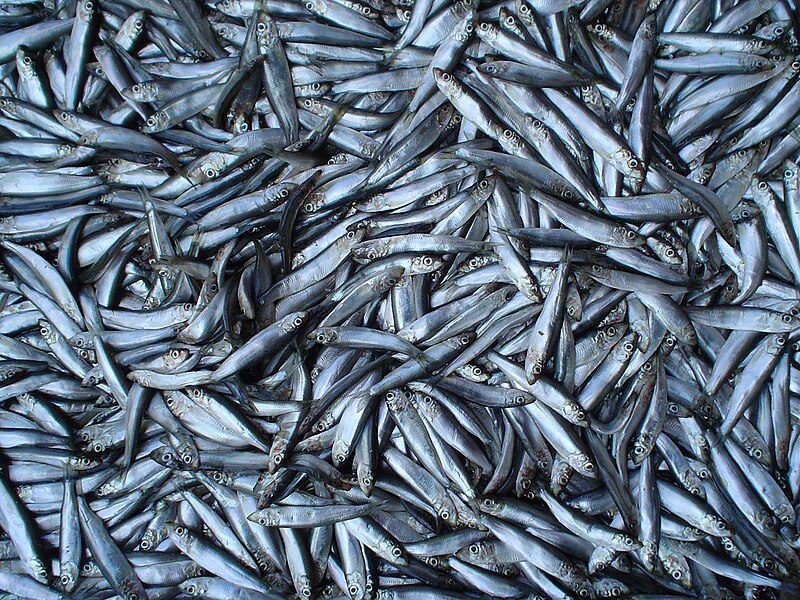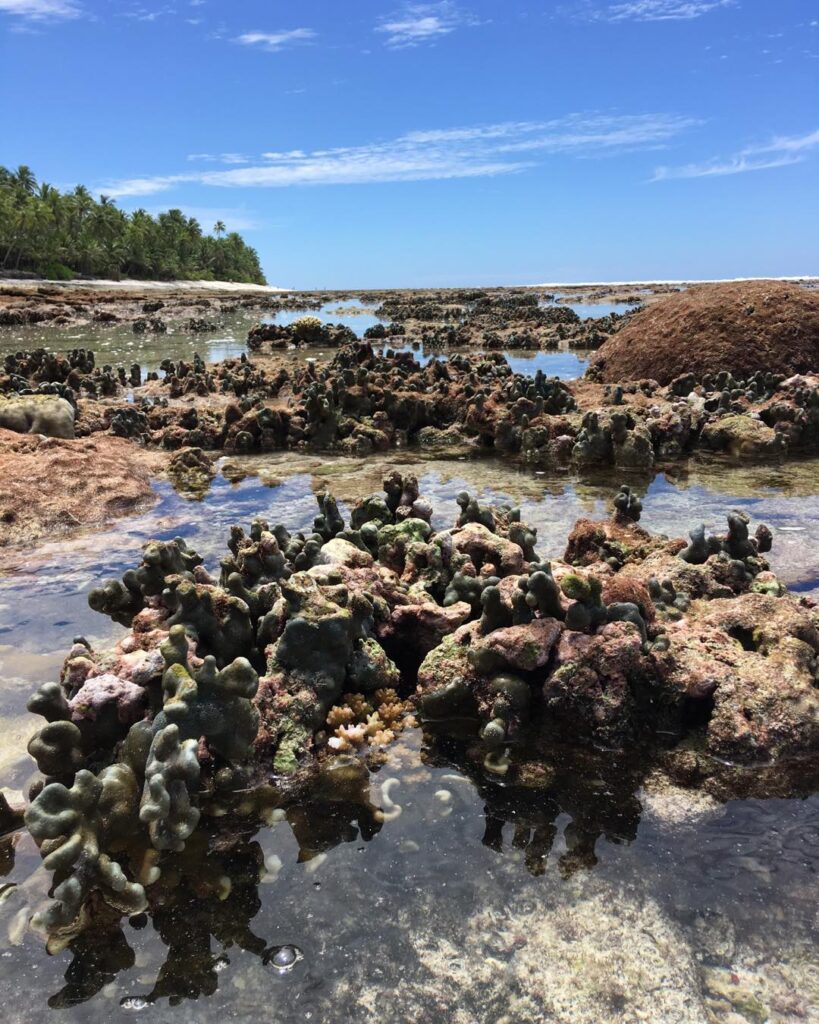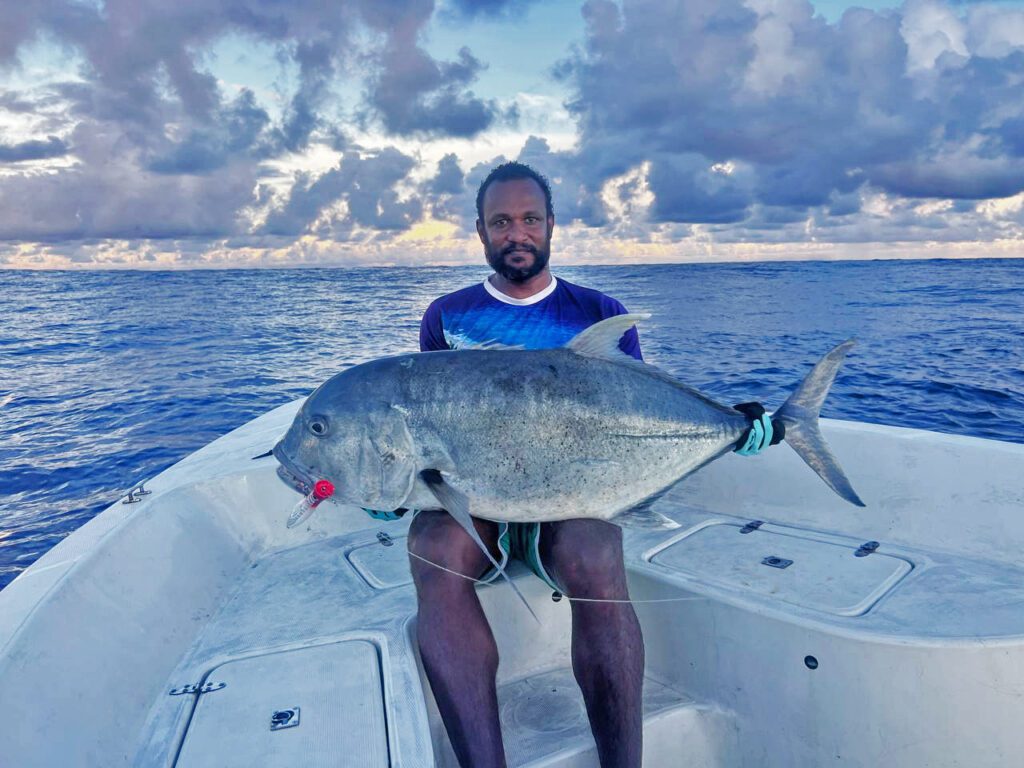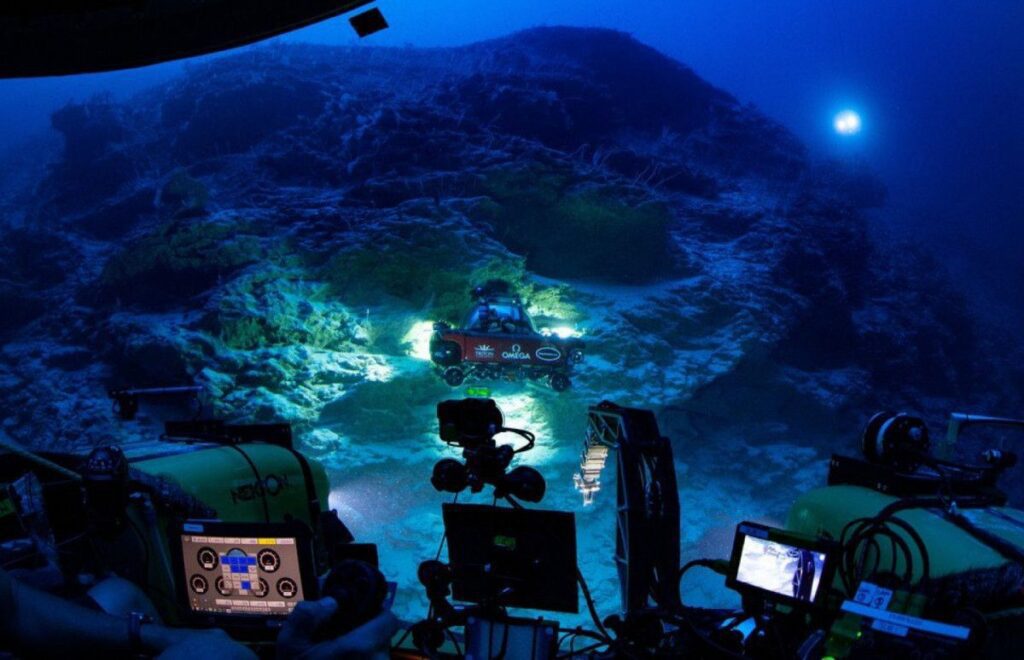
The Maldives is a paradise for underwater life. The existence of trapping zones, seamounts, and underwater volcanoes is one of the most distinguishing features of the geographical formations or taxonomies that inhabit the diverse range of fish in the Maldives’ breathtaking deep sea.
The Nekton Team studied the Maldives’ undersea in 2022 at the government’s request. It was the first extensive survey and sampling of the Maldives’ ocean. Researchers from the University of Oxford and the Maldives government worked together to complete the project. It surveyed the area between Male’ Atoll and Addu Atoll. The most amazing and astounding find was the extraordinary seamount in the Suvadiva Channel of Huvadhoo Atoll, located just north of the equator.
The seamount was scanned using a multiple beam mapping technique. However, due to strong seas, they were unable to deploy the submersibles to explore the seamount. They discovered that the summit was 300 meters above the ground, while the bottom was 1500 meters below. The circumference was 15 nautical miles long.
The trapping zones
Local fishermen consider this a tuna hotspot. The scientists believe that “trapping zones”—distinct ecosystems with oceanic life at a depth of 500 m on the ‘Satho Raha’ seamount—are responsible for the area’s marine life variety. Smaller species are unable to dive deeply after sunrise in these trapping zones due to the top or terraces. This thriving habitat attracts pelagic predators.
Life flourishes in these zones. The zones are significant because they trap micronekton.’
Fish and animals that live in the ocean, like tuna, dolphins, and marine mammals, eat micronekton, which is about 2–20 cm in size and eats zooplankton. These small animals swim between the surface and deep underground, resulting in massive vertical migration. Large fish abound in these flourishing environments. This micronekton is essential for species like tuna. Several kinds of fish follow these tiny creatures around all the time.
In marine habitats, micronekton make up a big part of the biomass. The major species are micronekton and zooplankton. The main reason for the trapping effect is the volcanic layers below the water and the preserved carbonate reefs that form the bases of Maldivian atolls. It results in steep vertical cliffs and shelving terraces.
Live combat in the deep
On land, predators such as tigers stalk, ambush, and pursue their prey. Snakes use their distinct sensory system to smell and detect prey. Eagles use their keen vision to find and catch their prey with their formidable talons. Species on land use a number of specific strategies.
The spectacular Satho Raha seamount is also a place where real-life action abounds, including underwater battles between predators and prey. If observed, predators such as sharks and tuna use their sheer speed to chase prey.
Some predators adopt synchronized hunting strategies. Fearless sharks hunt using their keen senses, powerful jaws, and speed. Some fish use camouflage strategies to fit in with their surroundings in order to trap and entangle prey. Some fish lurk in cracks and strike fast. Silent predators wait for their prey as small organisms move or migrate, then attack, entangle, or capture their preferred species. Predators and prey engage in fights and chases, which occur at various depths in the water column.
Vertical migration
Humans are unable to observe the phenomena that occur beneath the deep ocean. One of the most remarkable phenomena is the migration of microscopic organisms. Gravity is not the sole cause of species migrations. The marine biomass, which includes animals, protists, and bacteria, moves in response to light. This occurs during dark and daybreak. Diverse species migrate and pass through the water column. There are species that can move hundreds of meters.
Marine species, such as planktivorous and piscivorous fish, zooplankton, and mesopelagic micronekton, are all involved in this huge and powerful event. This is the biggest migration of biomass (Hays, 2003). This phenomenon has a substantial impact on the upper marine ecology. Activities like feeding, hunting, and interacting with their environment happen. These aquatic creatures congregate after sunset and disperse at sunrise.
It’s an important part of the ocean’s biological system that zooplankton and nekton move up and down. Large depths receive the transfer of atmospheric CO as biogenic carbon (Longhurst and Harrison, 1988; Jónasdóttir et al., 2015; Turner, 2015). Carbon moves through it to the lower layers. Species moving up and down the water column form a hidden food web in the ocean environment. Some scientists estimate that there are more than 10 billion metric tons of micronekton in the ocean, making it 45 times heavier than the aggregate mass of all humans (Cassella, 2022).
